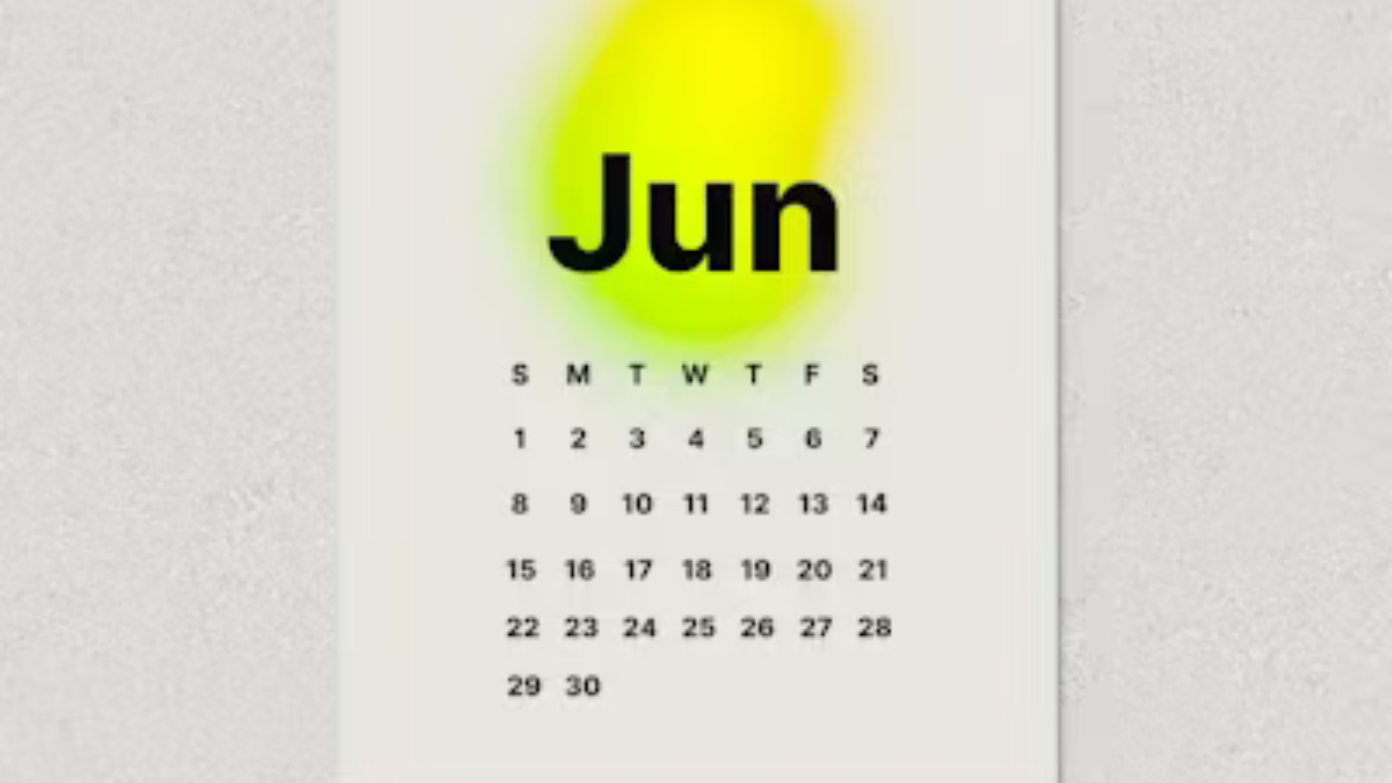For millions of Americans who rely on Supplemental Security Income (SSI), June 2025 is an oddball situation – no payment of SSI for the month will be made. This nonpayment isn’t due to a reduction in the program or administrative error, but rather it is a calendar quirk that affects the payment schedule. Knowing this payment glitch is critical to recipients who rely on these payments for their daily expenses and financial strategies.
How the SSI payment schedule usually operates
Supplemental Security Income benefits usually are paid on the first of the month to recipients who qualify. The program offers basic financial assistance to individuals who are blind, aged, or disabled with limited financial resources and income. Unlike other Social Security benefits with their own payment schedule based on birthdays, SSI adheres to the standard first-of-the-month payment schedule.
But the SSA does have a specific rule when the first day of the month is a weekend day or federal holiday. The SSA pays benefits on the last business day before the start of the month in that instance, instead of delaying payments until after the weekend or holiday. This policy does guarantee recipients are not postponed additional days from receiving their benefits.
Why June 2025 has no SSI payment
The calendar quirk close to June 2025 is simple – June 1, 2025, happens to be a Sunday. Under the SSA’s rule of paying benefits on weekends, the June SSI benefit was advanced on May 30, 2025, which was a Friday. As such, SSI recipients thus received two payments in May – one on May 1 for payments due in May, and the second on May 30 for payments due in June.
Thus, no advance SSI payment will be made for the month of June 2025, although recipients will have already received their benefits for the month of June. This is a payment cycle interruption that could take recipients by surprise unless informed of the advance payment.
Effect on applicants and budgeting complications
For the about 7.4 million Americans on SSI, this calendar anomaly creates special budgeting dilemmas. Recipients must budget monthly expenses well ahead of time for payment dates, and a payment earlier than expected followed by an extended period before the next can blow budgets.
The highest SSI monthly allowance for individuals in 2025 is $943, and up to $1,415 for eligible couples. For some recipients who earn little else, these dollars must stretch throughout the month. In cases where payments are received early, money stands a risk of being spent before the next payment date unless recipients are willing to accept the longer spacing between payments.
Other months hit by same calendar abnormalities in 2025
June is not the only month in 2025 when this calendar anomaly happens. Other months will have the same circumstance in:
- September 2025: As September 1 is Labor Day (federal holiday), the September payment will be made on Friday, August 29.
- November 2025: As November 1 is a Saturday, the November payment will be made on Friday, October 31.
What this translates to is that SSI recipients get two payments in August and October but none for September and November. Having understood the pattern is helpful for recipients to budget accordingly for the skip payment months.
Good planning for skipped months
Budgeting kicks in especially during non-SSI payment months. The following are tips on how to manage one’s money during skip months:
- Mark your calendar with all payment dates for the year, noting months when payments will arrive early.
- When receiving an early payment, set aside a portion specifically for the following month’s expenses.
- Prioritize essential expenses like housing, food, and medications when planning your budget.
- Consider exploring additional assistance programs like SNAP (food stamps) or LIHEAP (energy assistance) to supplement your income during gap months.
Read more: Goodbye to Medicare and Social Security: new go-broke dates released for key social programs

